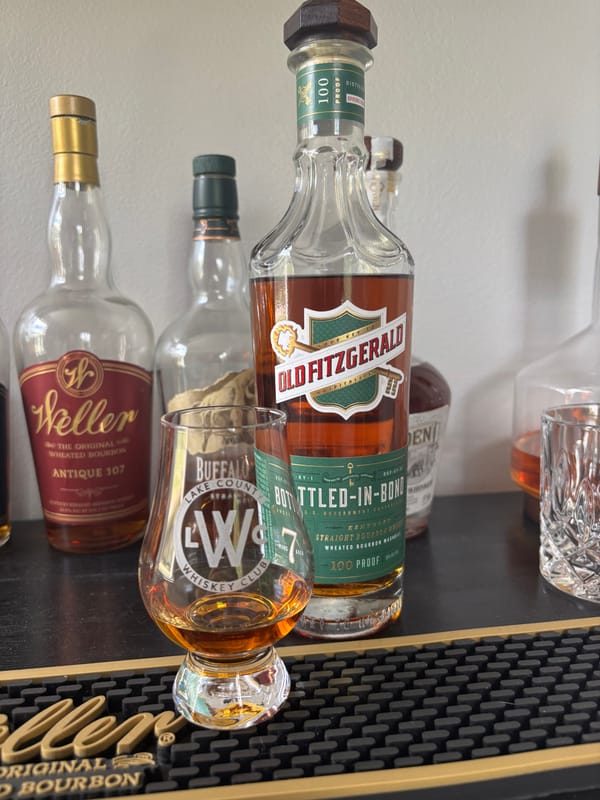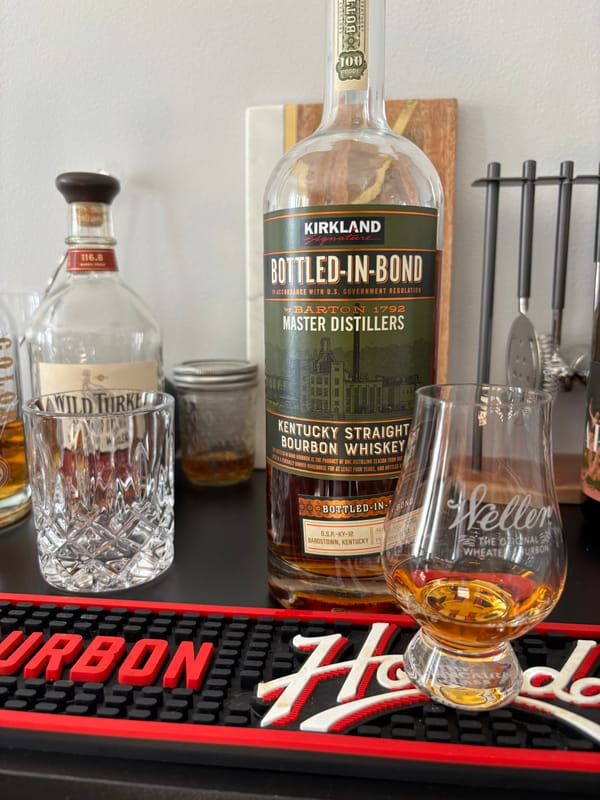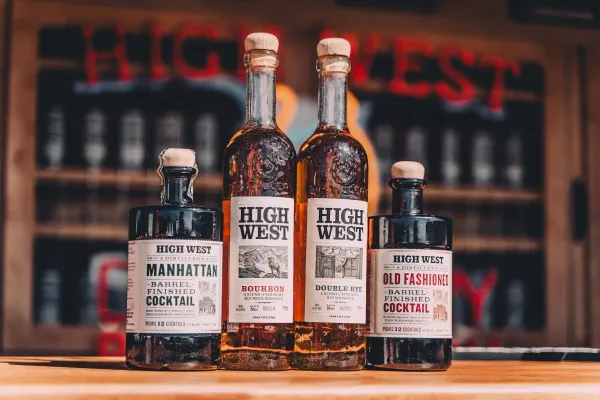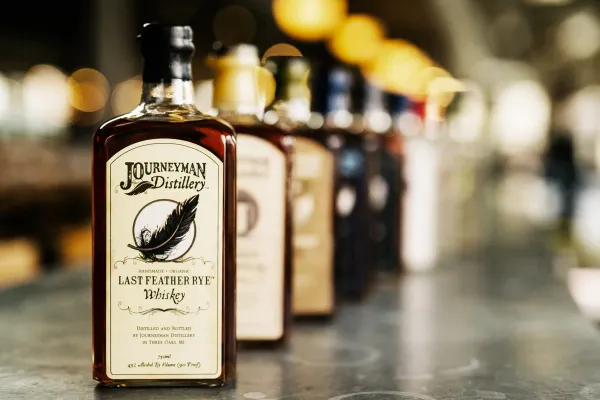The Beginner’s Guide to Whiskey That’ll Make You Look Like a Pro Overnight

Whiskey can feel like a secret club—fancy terms, pricey bottles, and insiders who seem to know it all. But here’s the truth: you don’t need years or a fat wallet to get into whiskey and look like you’ve been at it forever. This beginner’s guide breaks it down with real facts and simple steps, turning you from newbie to knowledgeable faster than you can pour a dram. Ready to impress yourself—and maybe your friends? Let’s start sipping.
First, know the basics. Whiskey’s just distilled grain—corn, rye, barley—aged in oak barrels. Bourbon’s at least 51% corn, made in the U.S., and aged in new charred oak, giving it sweet notes like vanilla and caramel. Scotch is malted barley from Scotland, often smoky from peat-fired kilns. Rye’s 51% rye grain, spicier with pepper and cinnamon vibes. Irish whiskey, triple-distilled in many cases, leans smooth and light. That’s your foundation—no jargon, just facts from the U.S. Code of Federal Regulations and Scotland’s Scotch Whisky Regulations.
Pick a starter bottle that’s easy on the palate and your budget. Buffalo Trace Bourbon, around $25, is a solid pick—its mash bill (exact recipe’s a secret, but high corn) delivers caramel, oak, and a smooth finish, per reviews from Breaking Bourbon and The Whiskey Shelf. It’s not harsh, making it perfect for first-timers. Want Scotch? Glenmorangie 10, about $40, offers orange, honey, and a gentle oakiness—light enough to ease you in, per Whisky Advocate. These aren’t random; they’re consistent award-winners at events like the San Francisco World Spirits Competition (Buffalo Trace took gold in 2022; Glenmorangie’s a regular medalist).
Taste it right—no shots. Pour a half-ounce into a tumbler or, better yet, a Glencairn glass—it’s shaped to trap aromas. Swirl it, sniff it—Buffalo Trace smells like brown sugar and wood; Glenmorangie hints at citrus and vanilla, based on tasting notes from Distiller.com. Sip small, let it sit on your tongue, then swallow slow. You’ll catch sweetness first, maybe spice or smoke after. Add a drop of water if it’s over 50% ABV (100 proof)—it cuts the burn and opens flavors, a trick backed by science from the American Chemical Society’s studies on ethanol dilution.
Don’t overthink price. A $20 bottle like Evan Williams Black Label—caramel and oak, smooth for its 86 proof—beats plenty of $50+ options in blind tastings, like those run by Whiskey Advocate in 2021. Expensive doesn’t mean better; it often means marketing or rarity. Start cheap, learn what you like, then level up—Knob Creek 9 Year ($35) adds nutty depth once you’re ready, per The Whiskey Wash.
Pair it simple. Dark chocolate with bourbon enhances sweetness—try it with Buffalo Trace. Cheese like cheddar works with rye’s spice—think Bulleit Rye ($30), peppery and bold. These combos are standard at tasting events like WhiskyFest, not guesswork. Keep a notebook—jot down smells, tastes, what clicks. It’s how pros track preferences, and it’s free.
You’re not lost now—you’ve got the map. Sip Buffalo Trace, sniff Glenmorangie, play with water, and you’ll sound like a pro by your second glass. No gatekeepers needed—just whiskey and you. Want the best beginner bottles near you? Check out NEAT: Whiskey Finder—it’ll hook you up with the perfect start.





